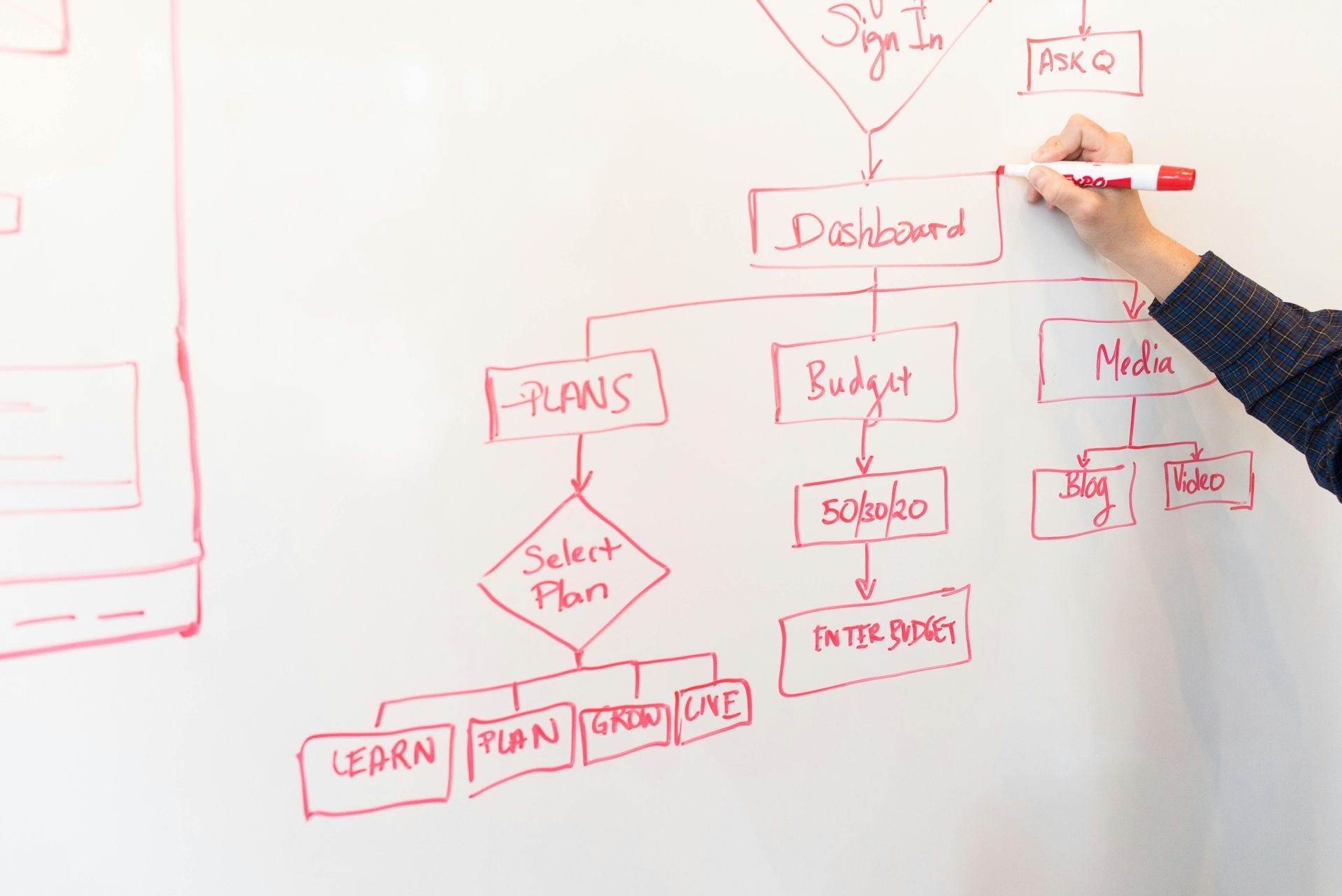The Executive Guide to Business Continuity (Series) - Part 8: Implementing a Modern BC Strategy
Introduction
As this series comes to an end, we’ve explored how business continuity (BC) must evolve to meet the challenges of today’s rapidly changing world. From shifting to a response-driven approach to building a culture of resilience, the insights shared have provided a roadmap for creating a future-focused BC program. But understanding the importance of resilience is only half the battle, executives now need to take action to implement these strategies effectively.
In this final blog, we’ll summarize the key takeaways from the series and outline a step-by-step guide for executives to prioritize, implement, and sustain a modern BC strategy that adapts as the organization grows.
Key Takeaways from the Series
- Reposition BC as a Strategic Advantage
Business continuity is no longer a back-office function; it’s a strategic priority that safeguards revenue, reputation, and customer trust. Position BC as a key driver of business value, not just a compliance requirement. - Shift to a Response-Driven Approach
Move beyond recovery-focused planning to embrace a proactive strategy that minimizes disruption in real-time, maintaining operations and protecting stakeholder confidence during crises. - Leverage Technology to Enhance Resilience
Adopt tools like Microsoft’s Power Platform or third-party solutions to automate workflows, enable real-time insights, and streamline response efforts. Technology empowers organizations to act quickly and effectively in dynamic environments. - Foster a Culture of Resilience
Resilience must be a shared responsibility across the organization, supported by leadership and integrated into daily operations. Equip teams with training, resources, and opportunities to collaborate, ensuring everyone contributes to continuity efforts. - Make Leadership Visible and Engaged
Executive involvement is critical for embedding resilience into the organization’s core. Leaders who champion resilience inspire teams, allocate resources strategically, and break down silos for a unified approach.
Step-by-Step Guide for Executives to Implement a Future-Focused BC Plan
Step 1: Reassess and Realign Your BC Strategy
Start by evaluating your current BC plan to identify gaps and areas for improvement. Ensure that it aligns with the organization’s strategic goals and reflects today’s most pressing risks.
- Conduct a Maturity Assessment: Use tools like the Business Resilience Navigator to evaluate the current state of your BC program across leadership, awareness, structure, and other critical areas. Use the results to develop a roadmap for improvement.
- Engage Stakeholders: Include input from key departments like IT, Operations, HR, and Communications to ensure the plan addresses cross-functional needs.
Step 2: Define Your Priorities
Focus on the areas that will deliver the most impact in building resilience. Prioritize initiatives based on their ability to minimize disruption, maintain customer trust, and safeguard critical operations.
- Key Questions to Consider
- Which risks pose the greatest threat to your organization’s strategic goals?
- Where are your current gaps in response capabilities?
- What resources are needed to address these gaps effectively?
Step 3: Invest in Technology
Leverage technology to streamline and strengthen your BC efforts without breaking the bank. Tools like Power Apps, Power Automate, and Power BI offer cost-effective, scalable solutions for enhancing operational agility and decision-making. Unlike traditional software solutions (i.e., BC in the Cloud, Everbridge, Fusion), these tools allow you to tailor functionality to your organization’s specific needs at a fraction of the cost and with dramatically quicker implementation.
- Examples of Technology in Action
- Use Power Apps to create custom mobile tools for incident reporting and manual data logging during outages, quickly and affordably.
- Automate communication workflows with Power Automate to ensure employees and stakeholders stay informed during crises, reducing the burden on teams.
- Monitor resilience metrics in real time using Power BI dashboards, helping leaders make data-driven decisions and adapt quickly during disruptions.
The Power Platform’s low-code nature means organizations can deploy these solutions rapidly and affordably, making it an ideal investment for businesses seeking to modernize BC without overspending.
Step 4: Build and Empower Cross-Functional Teams
Resilience is not, and cannot be, a siloed effort, it requires collaboration across departments. Create cross-functional teams to oversee BC initiatives, ensuring representation from every critical area of the organization.
- Actionable Tip: Establish regular meetings or workshops where team members can align on their goals, share insights, and update response plans based on evolving risks.
Step 5: Foster a Culture of Resilience
Embed resilience into the organization’s core values and daily operations. Employees should understand their roles in continuity efforts and feel empowered to act during disruptions.
- Actionable Tip: Share success stories of how teams have managed past disruptions to reinforce the importance of resilience and inspire future efforts.
- Train and Engage: Conduct regular training sessions and tabletop exercises to keep teams prepared and confident.
Step 6: Monitor, Measure, and Refine
Building resilience is a dynamic, continuously developing process that requires continuous effort and adaptation. Continuously evaluate your BC program to ensure it remains effective and adaptable as risks evolve.
- Key Metrics to Track
- Response time to critical incidents.
- Employee engagement in resilience initiatives.
- Feedback from post-incident reviews and training exercises.
- Actionable Tip: Use insights from incidents and exercises to refine response protocols and update BC plans regularly.
Practical Example: A Roadmap in Action
Let’s look at how a mid-size regional bank can implement these steps:
The bank begins by conducting a maturity assessment to evaluate its current BC strategy, identifying gaps in its ability to respond to cyber threats and branch-level disruptions. Based on these findings, the bank invests in Power Apps to develop an incident management system comprising a mobile app and a centralized incident management platform. The mobile app allows heads of Cash Services, Facilities, Security, Safety, HR, and regional branch presidents to report on branch-level incidents in real time. The data is instantly collated and displayed in the main incident management app, providing the incident manager with a real-time, comprehensive view of disruptions across the bank’s network. This streamlined system improves decision-making and ensures rapid response coordination.
To foster collaboration, the bank forms a cross-functional resilience task force, including representatives from IT, Branch Operations, HR, and Customer Relations. This team meets regularly to align priorities, refine response protocols, and address emerging risks. Leadership integrates resilience into the bank’s core values, tying it to the mission of ensuring customer trust and financial stability, and shares success stories from branches that effectively managed past incidents.
Additionally, the bank conducts quarterly tabletop exercises simulating large-scale scenarios like cybersecurity breaches or regional natural disasters. To ensure preparedness at all levels, they also incorporate micro-simulations during random team meetings, focusing on specific scenarios such as handling localized IT outages or effectively managing customer communications during disruptions. These short, targeted exercises help employees gain confidence and refine their roles in the response process.
Feedback from the incident management system, tabletop exercises, and micro-simulations is used to improve response plans and update training. Over time, the bank sees reduced response times, increased employee engagement, and stronger customer trust, positioning it as a resilient and reliable financial partner during challenging times.
Conclusion
Building a modern BC strategy isn’t just about mitigating risks, it’s about creating an organization that can adapt, thrive, and seize opportunities in the face of disruption. By implementing the insights from this series, executives can lead their teams to build a program that not only safeguards continuity but also drives long-term growth and resilience.
The path forward is clear – reassess your strategy, prioritize impactful initiatives, invest in the right tools, and cultivate a culture where resilience is second nature. With leadership at the helm and collaboration across teams, your organization will be ready to navigate whatever challenges the future holds.
I hope you’ve enjoyed following this series and found the insights valuable for enhancing your business continuity and resilience strategies. If you have any questions, need additional information, or want to explore how these ideas can be tailored to your organization, please don’t hesitate to reach out. I’d love to connect and discuss how we can build a stronger, more resilient future together. Thank you for joining me and I look forward to continuing the conversation.











